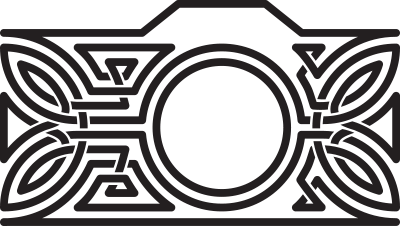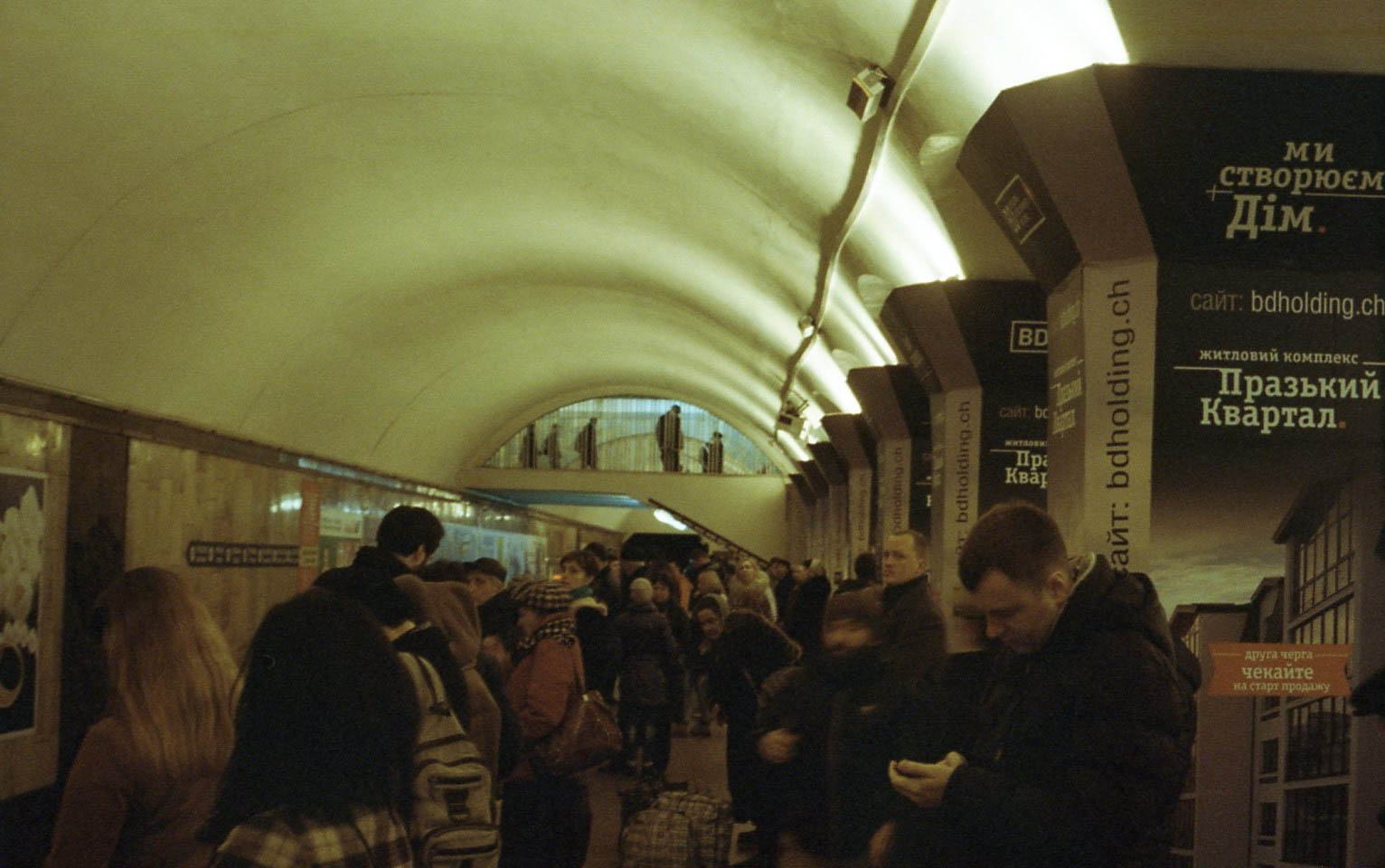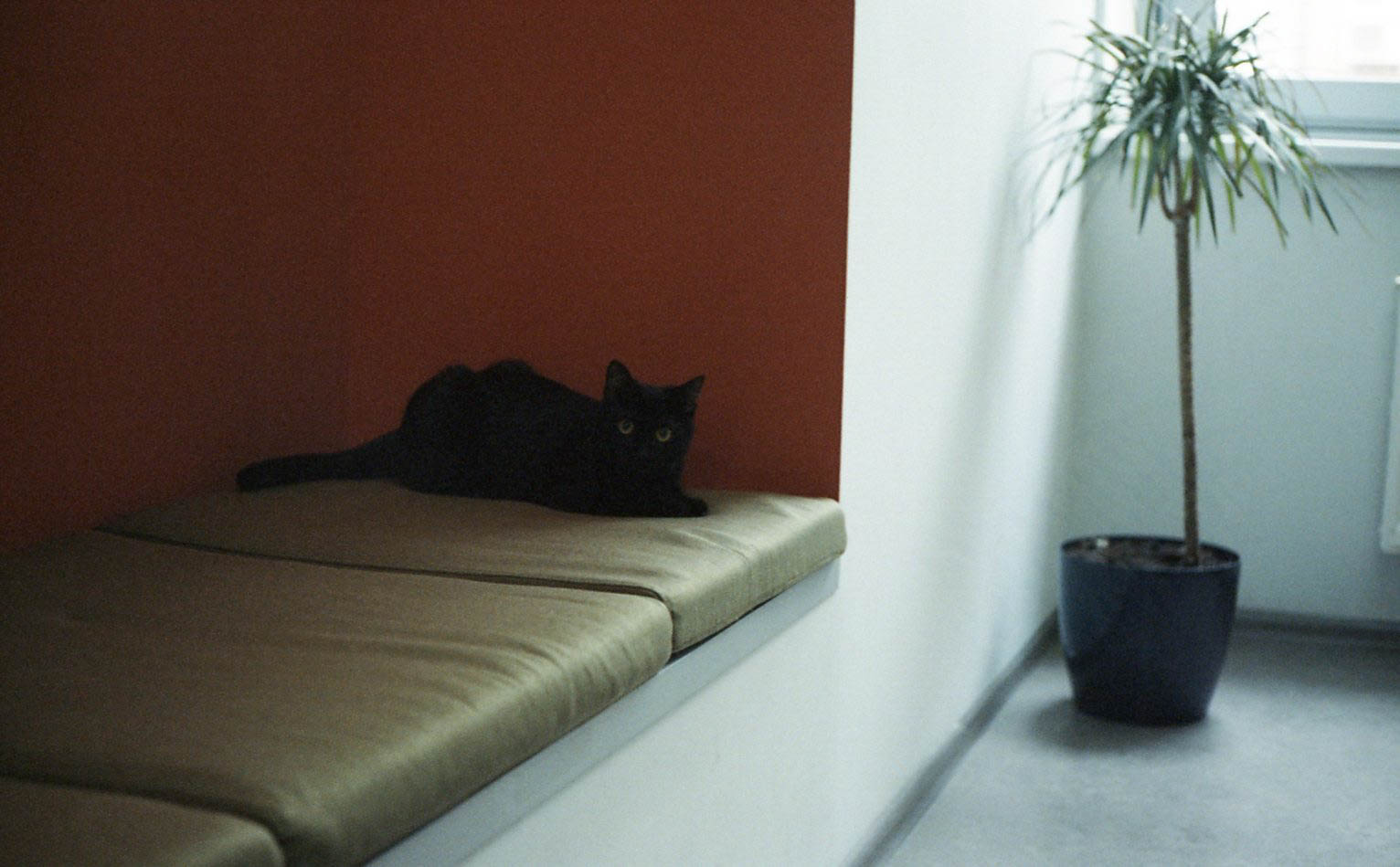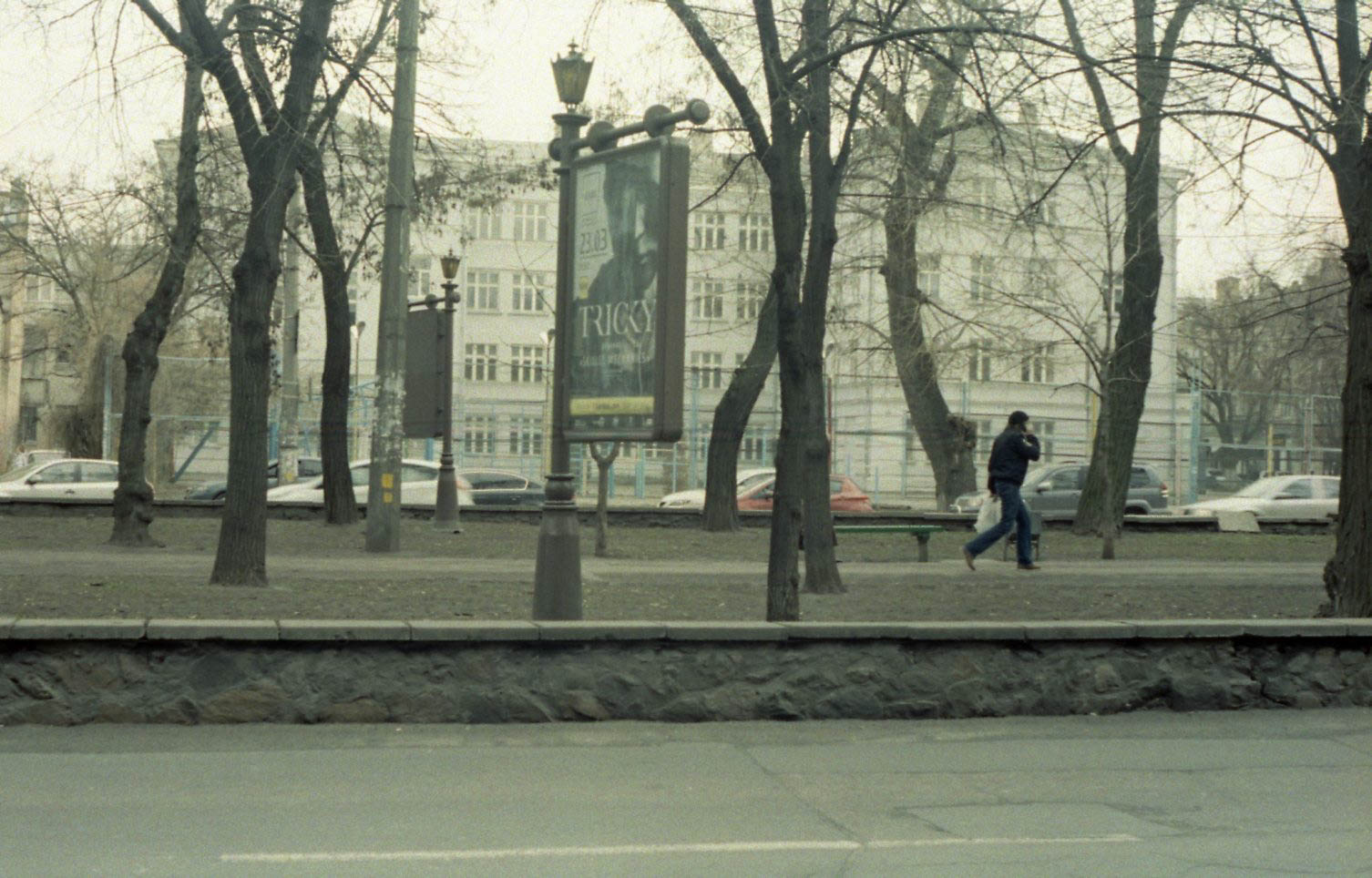 The FED 3 is a fairly basic rangefinder that’s a couple of revisions on from the Leica II that FED copied as their first camera. Mine is a 3b model from 1966 and I bought it at a market in Kyiv complete with the original box, sales paperwork and manuals. It was sold to its original owner in 1974 for 49 Roubles and 50 Kopecks, which was quite a tidy amount for the average Soviet citizen. Mine has an Industar-61 52mm, f/2.8 lens based on a Carl Zeiss Tessar formula. It’s not a good lens but the camera will accept LTM m39 lenses so, it’s possible to put stupidly expensive Leica glass on a $5 Soviet body if you really want to. The main difference between the 3b and the other FED 3 variants is the flat top deck. The 3a and the 3l have a stepped deck with a winding knob that’s level with the rangefinder window rather than an advance lever sticking out above. Improvements over previous models include a shutter speed selector that goes as high as 1/500th and as slow as 1s, the flash sync speed stays at 1/30th howev
The FED 3 is a fairly basic rangefinder that’s a couple of revisions on from the Leica II that FED copied as their first camera. Mine is a 3b model from 1966 and I bought it at a market in Kyiv complete with the original box, sales paperwork and manuals. It was sold to its original owner in 1974 for 49 Roubles and 50 Kopecks, which was quite a tidy amount for the average Soviet citizen. Mine has an Industar-61 52mm, f/2.8 lens based on a Carl Zeiss Tessar formula. It’s not a good lens but the camera will accept LTM m39 lenses so, it’s possible to put stupidly expensive Leica glass on a $5 Soviet body if you really want to. The main difference between the 3b and the other FED 3 variants is the flat top deck. The 3a and the 3l have a stepped deck with a winding knob that’s level with the rangefinder window rather than an advance lever sticking out above. Improvements over previous models include a shutter speed selector that goes as high as 1/500th and as slow as 1s, the flash sync speed stays at 1/30th howev er as the shutter design is unchanged from the original model.
er as the shutter design is unchanged from the original model.
Mine works perfectly in every way, even the self-timer still works and the rangefinder focusing is accurate. There’s no lightmeter at all but there is a cold-shoe and a sync socket. Like many other Soviet cameras, the shutter speed dial rotates to the correct position when the shutter is cocked, this means that you have to set the shutter speed after winding on. If you do it the other way around, not only will the actual shutter speed be different to whatever you set it to, the mechanism will be damaged irreparably.
 It’s quite a nice camera to use, the rounded contours and relatively compact size make it convenient to slip into a jacket pocket. Unlike the bottom-loading Leica which it was based on, the entire back comes off for loading and unloading film so it’s far less hassle. The lack of any metering means that you are going to have to get good at guessing exposure values unless you are carrying a separate lightmeter or another, metered camera around with you. Given the flexibility of film and the relatively limited range of available shutter-speeds however, it’s not too hard to be close enough in most circumstances. You aren’t going to be using this camera with studio strobes or in any very low-light environment.
It’s quite a nice camera to use, the rounded contours and relatively compact size make it convenient to slip into a jacket pocket. Unlike the bottom-loading Leica which it was based on, the entire back comes off for loading and unloading film so it’s far less hassle. The lack of any metering means that you are going to have to get good at guessing exposure values unless you are carrying a separate lightmeter or another, metered camera around with you. Given the flexibility of film and the relatively limited range of available shutter-speeds however, it’s not too hard to be close enough in most circumstances. You aren’t going to be using this camera with studio strobes or in any very low-light environment.
I should talk a little about the FED company here by way of background. FED is named after Fyodor Edmundovitch Dzerzhinsky who was the founder of the NKVD – the internal security corps which later became the KGB. The Soviet leadership decided in the mid-1930s that they wanted to produce their own copy of the then new Leica II rangefinder which was becoming popular as the professional  camera to beat in the West. So they tasked an orphanage in Kharkiv, Ukraine with producing local copies. Initially, this did not do well. It turns out that orphans in forced labour camps with antiquated tools and machinery couldn’t manage the same levels of quality and complexity as highly trained German engineers in their shiny, modern factories. So Mr Dzerzhinsky went to sort it out, he fired the manager, had the designs simplified so that they would need fewer moving parts and could handle wider tolerances and, from then on the FED factory churned out millions of cameras and lenses for the domestic market. Let’s take a moment to digest that image. The founder of the Soviet secret police put orphans to work in forced labour communes making knock off Nazi cameras. Dickens would have written that and then crossed it out as being too unbelievable.
camera to beat in the West. So they tasked an orphanage in Kharkiv, Ukraine with producing local copies. Initially, this did not do well. It turns out that orphans in forced labour camps with antiquated tools and machinery couldn’t manage the same levels of quality and complexity as highly trained German engineers in their shiny, modern factories. So Mr Dzerzhinsky went to sort it out, he fired the manager, had the designs simplified so that they would need fewer moving parts and could handle wider tolerances and, from then on the FED factory churned out millions of cameras and lenses for the domestic market. Let’s take a moment to digest that image. The founder of the Soviet secret police put orphans to work in forced labour communes making knock off Nazi cameras. Dickens would have written that and then crossed it out as being too unbelievable.
All FED cameras were made in Kharkiv except for a brief period when the city was under German occupation in WWII and production was diverted to Siberia.
Over time the designs improved but, until the FED 4, all FED rangefinders clearly showed their Leica lineage. In fact it’s common to see fake Leicas in former Soviet-bloc countries, often with Nazi insignia engraved on them which are actually early FED or Zorki cameras which have been brass-plated and given fake markings like the one pictured here. That’s actually an original Zorki (also a direct copy of the Leica II, from the KMZ factory in Russia).




